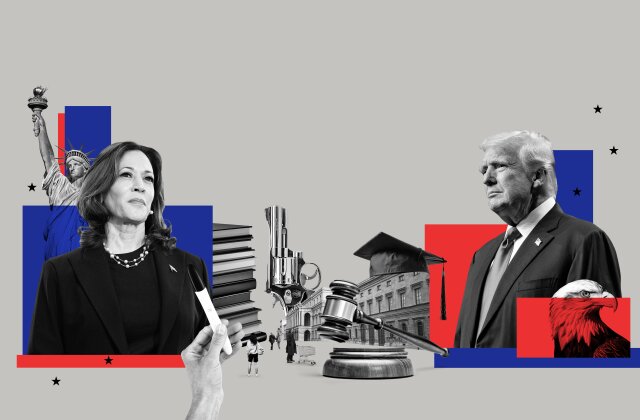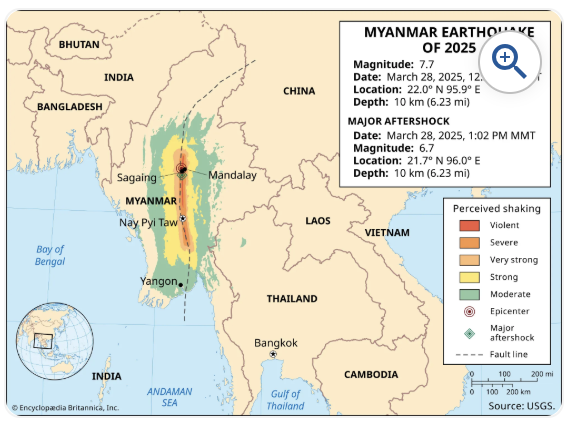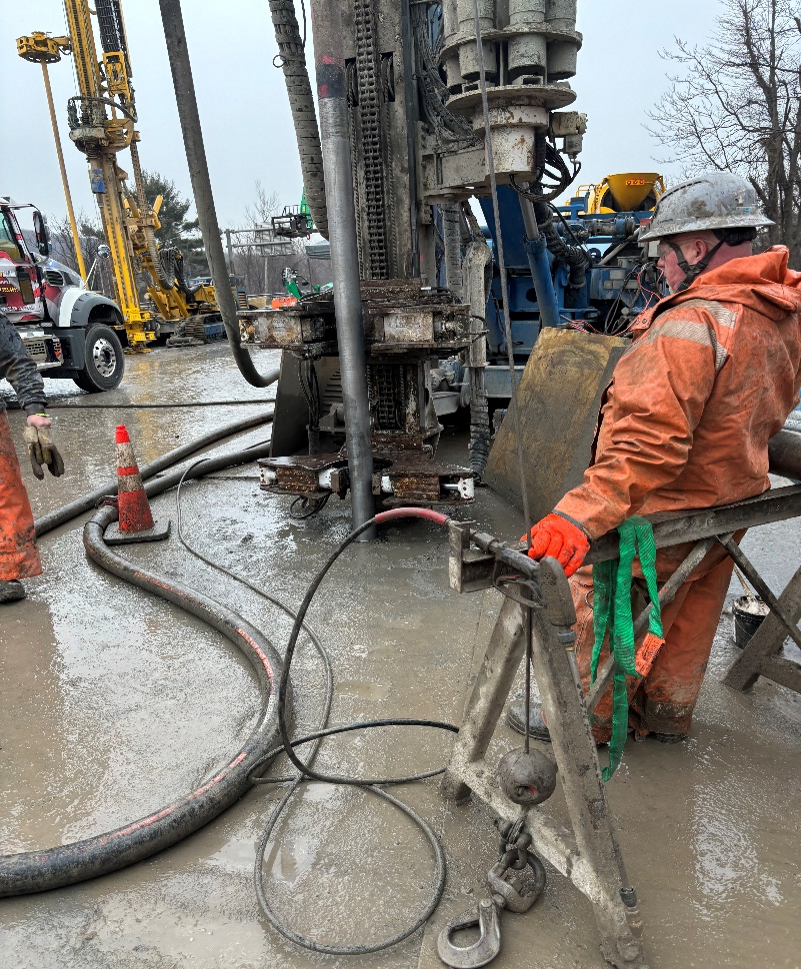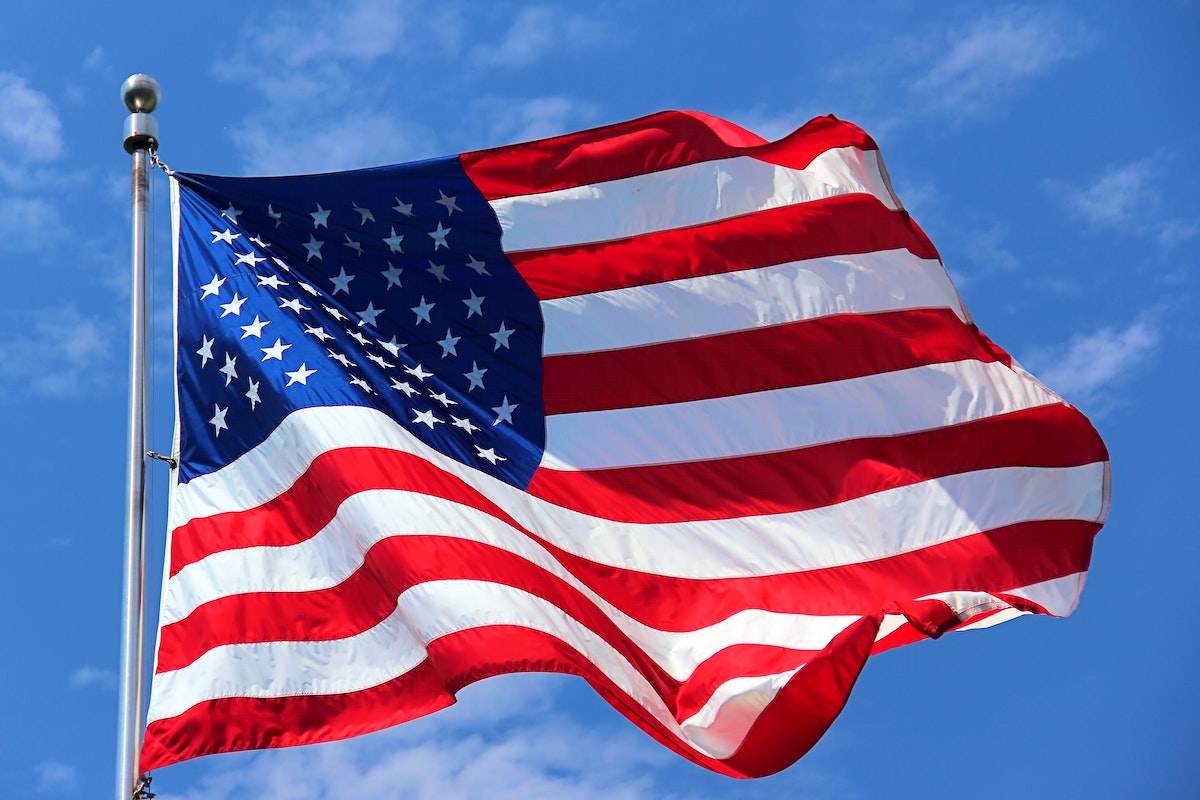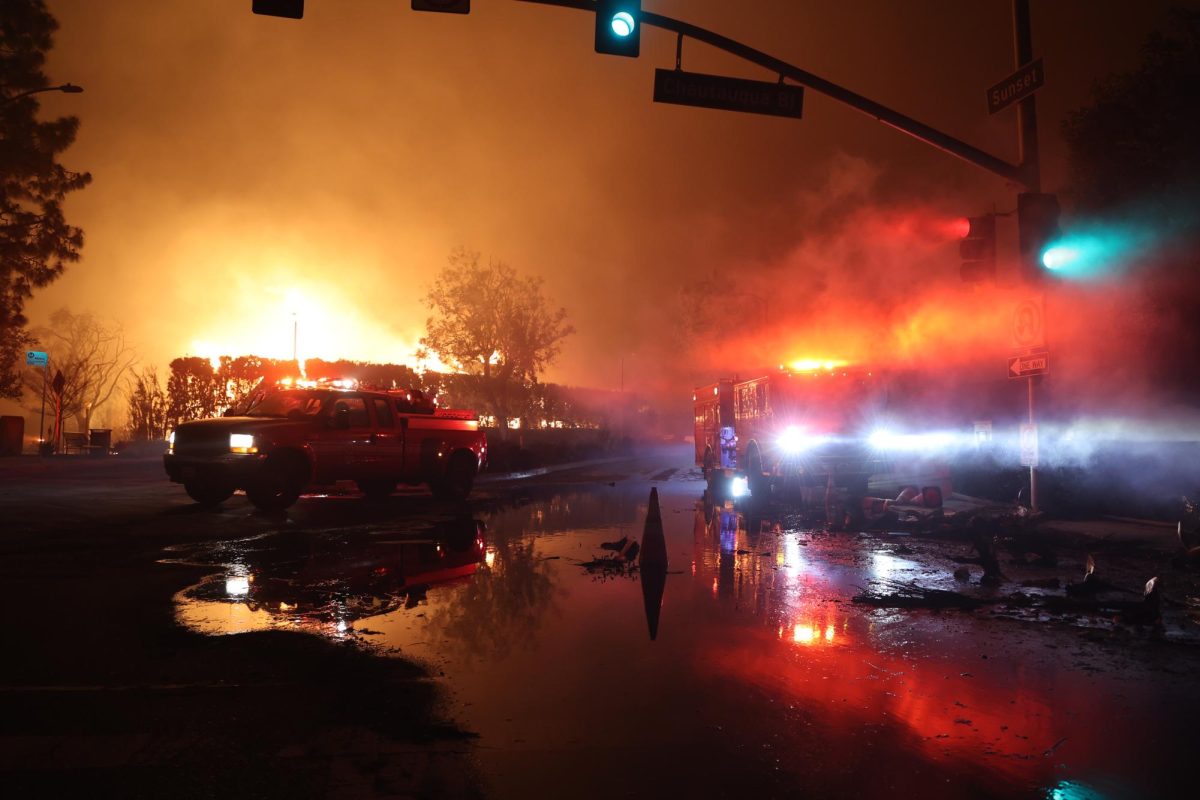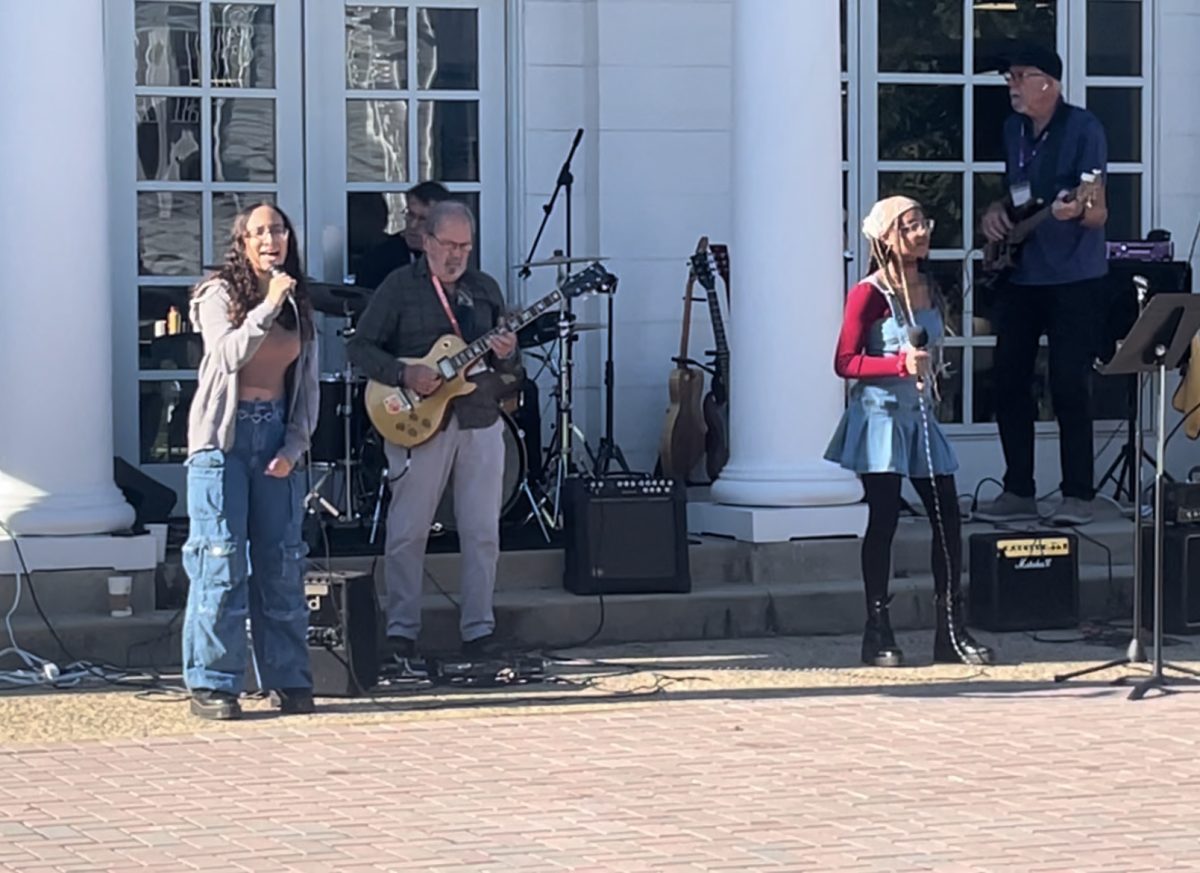This summer, America was thrust into an almost unprecedented race for the White House. On July 21st, President Joe Biden announced the suspension of his re-election campaign for the 2024 presidential race and endorsed Vice President Kamala Harris as the new Democratic nominee for president, making Harris the first Black and Asian American female nominee. If elected, Harris would become the first woman of color to assume the role of Commander in Chief. Biden’s endorsement of Harris, which is generally seen as a good move to help boost the Democratic party’s chances of winning in November. However, the election is only a month away and the voting process has already begun in a few states. The race for the next leader of the United States will end next month.
Biden’s decision to suspend his candidacy was partially caused by an intra-party disagreement over his age and ability that came to a head after his performance in the first Presidential Debate against Republican nominee former President Donald J. Trump.
Biden’s endorsement of Harris did not guarantee her position on the ticket as the Democratic nominee. Harris had to have the support of state delegates through a vote at the Democratic National Convention in mid-August. Delegates are politically active people with day jobs who are chosen by party leaders from each state. According to CBS news, there are over 4,000 delegates during the Democratic primary process. However, because of concerns with the timing of the nomination, the DNC held a virtual roll call of the delegates. This virtual roll call allowed delegates to vote electronically beginning the morning of Thursday August 1 and ended in the evening of Monday August 5th. By the end of the virtual roll call, the Democratic Party announced that Harris had secured 99% of the votes. The more formal vote in mid-august at the convention just further cemented her position as the Democratic nominee for President.
After officially becoming the Democratic nominee for President, Harris has saw a massive amount of celebration and coverage regarding her candidacy. The presidential debate held on September 10 against Trump gave voters all around the country a chance to see her vision for the nation. Her speech at the electric Democratic National Convention held in August pulled in millions of viewers. According to the New York Times, the announcement of her candidacy has motivated millions of people to register to vote across the country, particularly pulling in more new independent, suburban, and female voters. Her popularity with young people is also something quite significant, with her campaign’s official TikTok account KamalaHQ posting daily content known for its witty and creative ways of connecting to young voters. In addition, Harris’ pick of the popular Minnesota governor Tim Walz for Vice President was seen as a great choice. The Vice Presidential debate held on October 1 gave viewers a glimpse as to what a potential future Harris-Walz administration would include as Walz faced off against the Republican nominee for Vice President Senator JD Vance.
Since the announcement of her candidacy, Harris has seen dozens of endorsements from various celebrities, including Ariana Grande, Charli xcx (notably tweeting “kamala IS brat,” referencing popular edits of Harris soundtracked to Charli’s album), Bill Nye, and Olivia Rodrigo, with the most significant being Taylor Swift who gave her endorsement on Instagram where she has almost 300 million followers. Her Instagram post said in part, “I will be casting my vote for Kamala Harris and Tim Walz in the 2024 Presidential Election…I’ve done my research, and I’ve made my choice. Your research is all yours to do, and the choice is yours to make.” But endorsements, while helpful for motivating people to vote, will not carry Harris to the Oval Office alone. It will be the organizers, supporters, phone bankers and canvassers working on the ground to bring Harris to the White House in the next month.
While election day this year is on Tuesday November 5th, the election itself has already undergone early voting in places such as Chicago, Detroit, and the Bay Area. Early voting allows citizens to cast their ballots in person at a polling place prior to election day. It is generally seen as a convenience for both voters and polling locations as it eases Election Day congestion and long lines and helps with those who may have scheduling conflicts.
Colleges and universities across the country are offering voting stations to students to help with the voter turnout among young people. All this leads to the big day on November 5, when voters across the country will be heading to the voting booth to cast their ballots for their choice of the next Commander in Chief. However, there is more at stake than just the Presidential election. There are still gubernatorial, Senate, and local legislative races, along with other key elections on the ballot that are of equal importance.
Unlike the 2020 Presidential Election, when the winner was announced a few days after voting day due to the Coronavirus, the winner is expected to be projected only a day or two after voting day. The Inauguration will take place on January 20, 2025 on the West Front of the United States Capitol.


